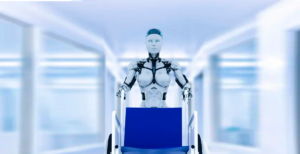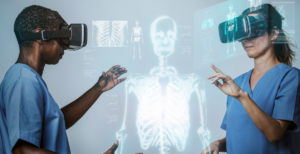New Frontiers in Prosthetics: How Innovation is Creating Hope
In an era where medical technology bridges the gap between disability and capability, prosthetic technology is a beacon of progress. Prosthetics, artificial devices that replace missing body parts, have evolved from simple mechanical solutions to sophisticated systems that mimic natural movement and even respond to neural commands. This article delves into the recent technological leaps in prosthetic development, driven by cutting-edge research and collaborative innovations that promise to revolutionize the lives of individuals with limb loss.
For many, the concept of prosthetics may conjure images of rudimentary hooks and rigid limbs, but today’s reality is vastly different. Modern prosthetics incorporate materials from aerospace and robotics, featuring sensors that detect muscle movements and microprocessors that adapt to terrain changes. This technology integration restores functionality and enhances the user’s autonomy and interaction with their environment.
- Innovative Materials: Lighter yet more durable materials such as carbon fiber and titanium are now used, allowing for increased comfort and maneuverability.
- Sensor Technology and Feedback: Prosthetics today come equipped with sensors that provide feedback to users, enabling precise control over artificial limbs and helping to reduce the learning curve.
- Brain-Computer Interface: Perhaps the most revolutionary advancement, these interfaces allow users to control their prosthetic limbs through thought alone, a significant leap towards seamless body integration.
- 3D Printing: This technology has democratized the production of custom-fitted prosthetics, significantly reducing costs and making these advanced devices more accessible to a broader audience.
- Multidisciplinary Collaborations: The convergence of expertise from fields such as neurology, engineering, and materials science has accelerated prosthetic advancements, making the impossible possible.
Rapid advancements in prosthetic technologies enhance mobility and profoundly transform lives. As we continue to push the boundaries of what medical technology can achieve, the future looks promising for individuals with mobility disabilities. Through continued innovation and research, the next generation of prosthetics will likely be more integrated, intuitive, and invisible in everyday life.





